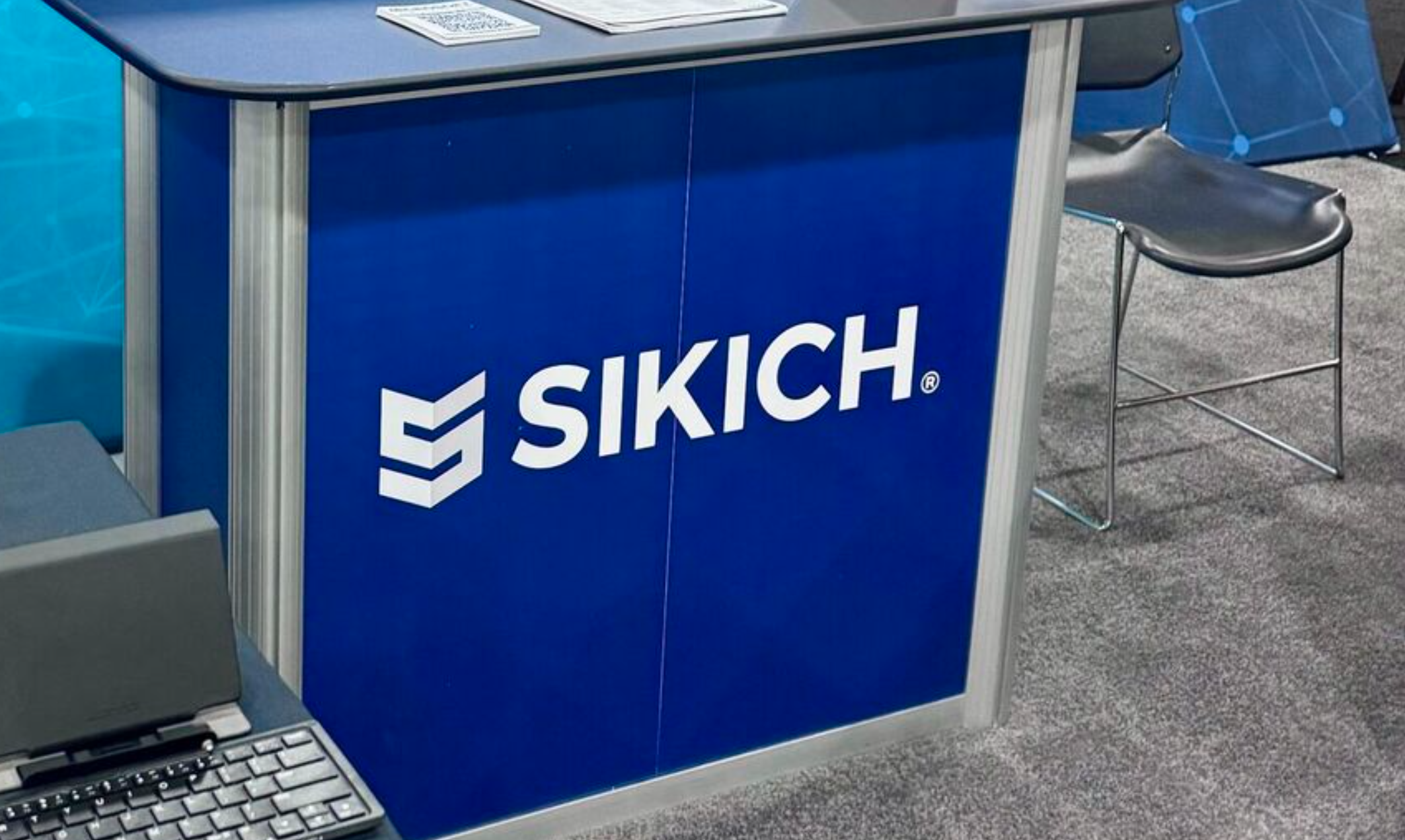By Bryan Corliss.
There’s a decent chance that within the next hour or so, your smartphone will alert you to yet another incoming text message. A few years ago, that text most likely would have been a personal message sent from the phone of a friend or family member. Now, however, there’s increasing likelihood that the text message came from some automated platform or service.
A new way of communicating is proliferating, and many people have barely noticed. Use cases are vast and diverse but what these services have in common are technologies that allow users to send SMS messages to cell phones. These messages don’t originate on someone’s personal cell phone, but rather in a software application hosted in the cloud, or someplace other than another cell phone.
[This article first appeared on the Avalara blog.]
Many service-based businesses such as doctors’ offices, auto maintenance shops, and home repair tradespeople have turned to sophisticated new platforms that manage customer contacts and appointments, often through SMS. Not only do customers receive promotional offers through SMS campaigns, they also can make, accept, and cancel appointments as well as get reminders about appointments — all without ever having to pick up the phone to call or visit a website. The convenience is undeniable.
This technology also extends to food delivery, ride share, and a range of other new-economy apps through which the user is updated on order status and other functions and often can communicate with the platform and service providers via text message.
User safety and privacy needs dictate that these messages do not get transmitted through standard cell-phone-to-cell-phone SMS transmission with the parties’ phone numbers exchanged. Instead, the apps use web-based integrations, or APIs, to pass these SMS messages, with the software platform in the middle.
Taxes and texts
You might imagine that taxing these services would be relatively straightforward. Unfortunately, reality is more complicated.
In the United States, there’s a fairly well-established tax structure in place for SMS services sold by cell phone service providers. The Federal Communications Commission doesn’t currently collect Federal Universal Service contributions from SMS revenues; however, cellular carriers are typically subject to sales tax as well as a range of various state and local communications taxes on texting charges. These impositions will often specifically include references to SMS or “messaging.”
Perhaps the thorniest question is whether these taxes are relevant when a seller, who is explicitly not a cell phone carrier but a software or technology company, bills for something they refer to as an SMS or text message. Further, if the message does not actually originate on a cell phone and instead originates in a software cloud, does that still constitute selling someone a text message in the context that the tax laws intended? Is there an impact if the text functions are provided by a third party?
Sellers or enablers of these new forms of texting might be tempted to apply sales tax, with the idea that these are software features and thus more of an information service rather than a communication service. From a functional perspective there’s at least a ring of truth there and the tax advantages are undeniable as information services are often only subject to sales tax and on a relatively limited basis.
What’s ahead for IP messaging
Tax statutes written decades ago likely didn’t contemplate these sorts of services. That said, the plain language in many state and local communication tax statutes often has basic wording around the taxable terms of SMS and messaging and may not leave a lot of room for nuanced arguments or distinctions about who’s doing the sending or selling.
So where does this dilemma leave IP-enabled text platforms? Unfortunately, there’s still a significant vacuum when it comes to guidance and precedent from tax jurisdictions on these services. However, silence by tax jurisdictions isn’t necessarily endorsement of an aggressive position.
Companies that find themselves in this space should watch closely for developments and ensure they have tax infrastructure in place that can support all the possible directions in which this could evolve.
=======
Bryan Corliss is a veteran blogger who’s written on complex topics including economics, taxes, labor markets, and the aerospace industry. He holds a master’s degree in journalism from Columbia University, where he was a Knight-Bagehot Fellow. He joined Avalara in 2021.
Thanks for reading CPA Practice Advisor!
Subscribe Already registered? Log In
Need more information? Read the FAQs
Tags: Sales Tax, Technology




